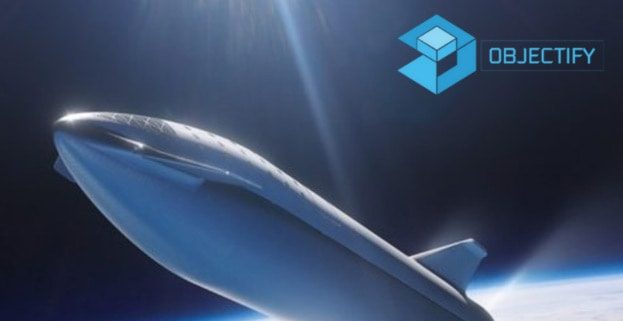Additive Manufacturing is the technology that is used to build 3D objects by the addition of various layers made up of plastic, other polymers, metals and any other concrete thing. Technology used varies from 3D printing to layer manufacturing to rapid prototyping. Additive Manufacturing has very often been used for various fields such as medicinal implants, automobiles, fashion and other plastic prototypes. Off late, the technology has been moving to even more advanced fields such as space research and creating parts for space.
Additive Manufacturing in space has a very bright future and may be the key to easy human space travel and colonisation in other planets. Most of the parts required in space research are made of plastic or some metal and Additive Manufacturing is the key to a future where all broken parts can be fixed with less labor, money, resource and time. Additive Manufacturing is already playing a huge part in making production costs of satellites low. Apart from that, these 3D figures are also very light and therefore make the weight of the satellites lighter too!
Many articles and reports have suggested that in the near future space ventures could in fact be one of the largest manufacturing sectors, and this all would be credited to Additive Manufacturing and the fact that 3D printers and other technology could work in space in a zero gravity situation. Technology has reached a stage where you can print your own engine in space and if we take this forward, Additive Manufacturing could open up many more aspects in space.
3D Printing on ISS
Long Life Additive Manufacturing Assembly (LLAMA), is a project by NASA to test 3D printing methods for building Liquid Rocket Engine components in order to save a considerable amount of time and money. As it can take many months or maybe even a year to procure and fabricate Liquid rocket engine hardware components by traditional manufacturing processes. With the help of additive manufacturing the production time for rocket engine nozzles can be cut down by more than half compared to traditional processes; AM also reduces the part count as it can combine multiple pieces by part consolidation.
The copper alloy composite nozzles produced by AM when tested under hot-fire were able to withstand much higher temperatures than traditional metallic nozzles, hence AM produced components are more efficient and have greater performance margin.
NASA sends up about 7000 pounds of spare parts to the ISS every year to support spaceflight missions. The ISS has about 29,000 pounds of hardware spares/ replacement units. NASA has set up In-Space manufacturing in the ISS to lighten the load and subsequently reduce the cost.
Additive Manufacturing in SpaceX
SpaceX started using AM to design and manufacture complex metal parts as it would eliminate the entire process of outsourcing the work to other suppliers, thus producing the part in the SpaceX factory itself. This reduces the lead time, costs, allows for stricter quality control and also safeguards intellectual property.
SpaceX was one of the first companies in this sector that introduced Additive Manufacturing as a major part of their production. They have been continuously evaluating the benefits of AM and its techniques required to design and develop flight hardware.
Additive Manufacturing in ISRO
Indian Space Research Organisation (ISRO) have also started using Additive Manufacturing technology to design and produce components that are used in satellites and space crafts.
Subscribe to AM Chronicle Newsletter to stay connected: https://bit.ly/3fBZ1mP
Follow us on LinkedIn: https://bit.ly/3IjhrFq
Visit for more interesting content on additive manufacturing: https://amchronicle.com



